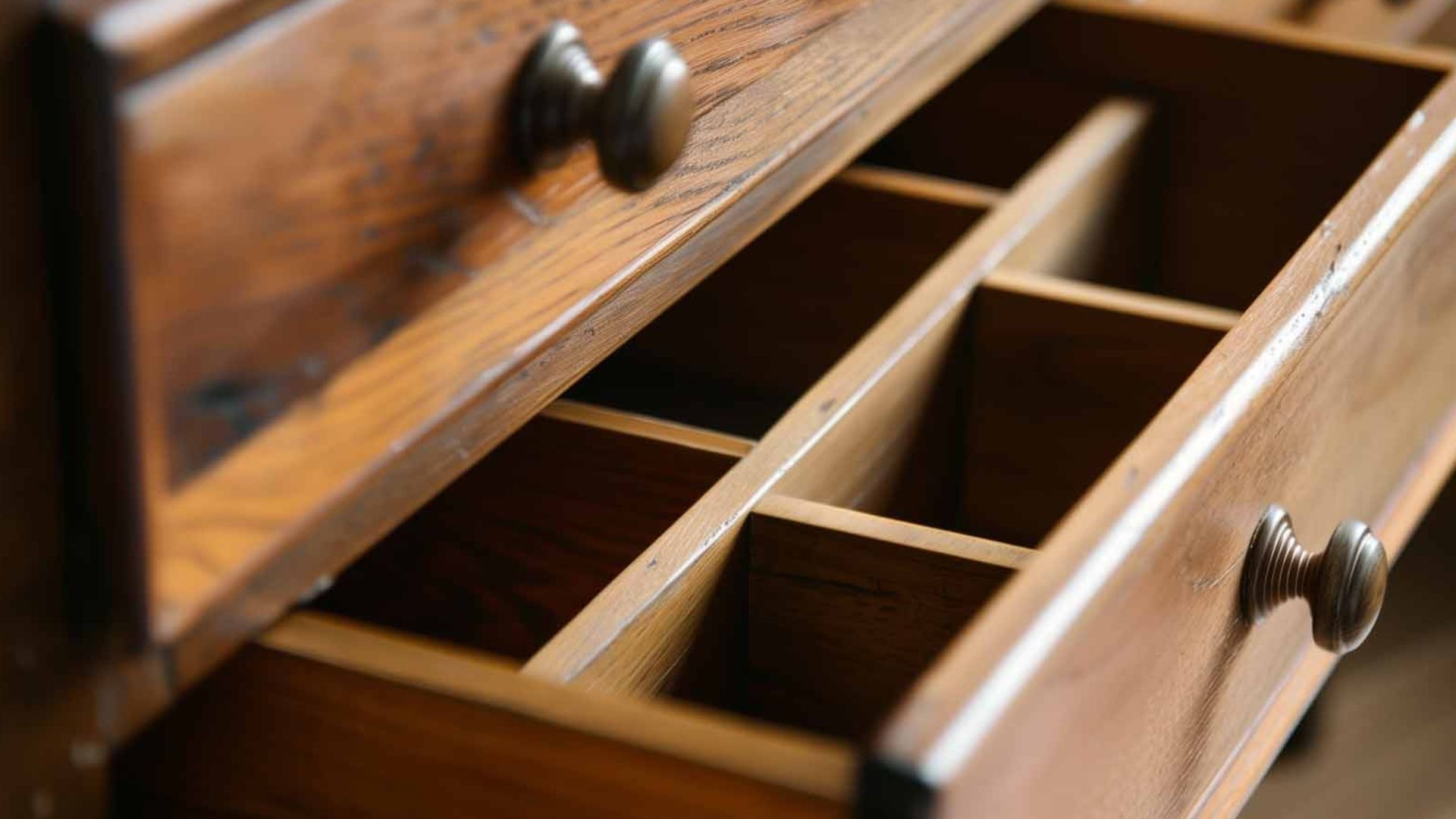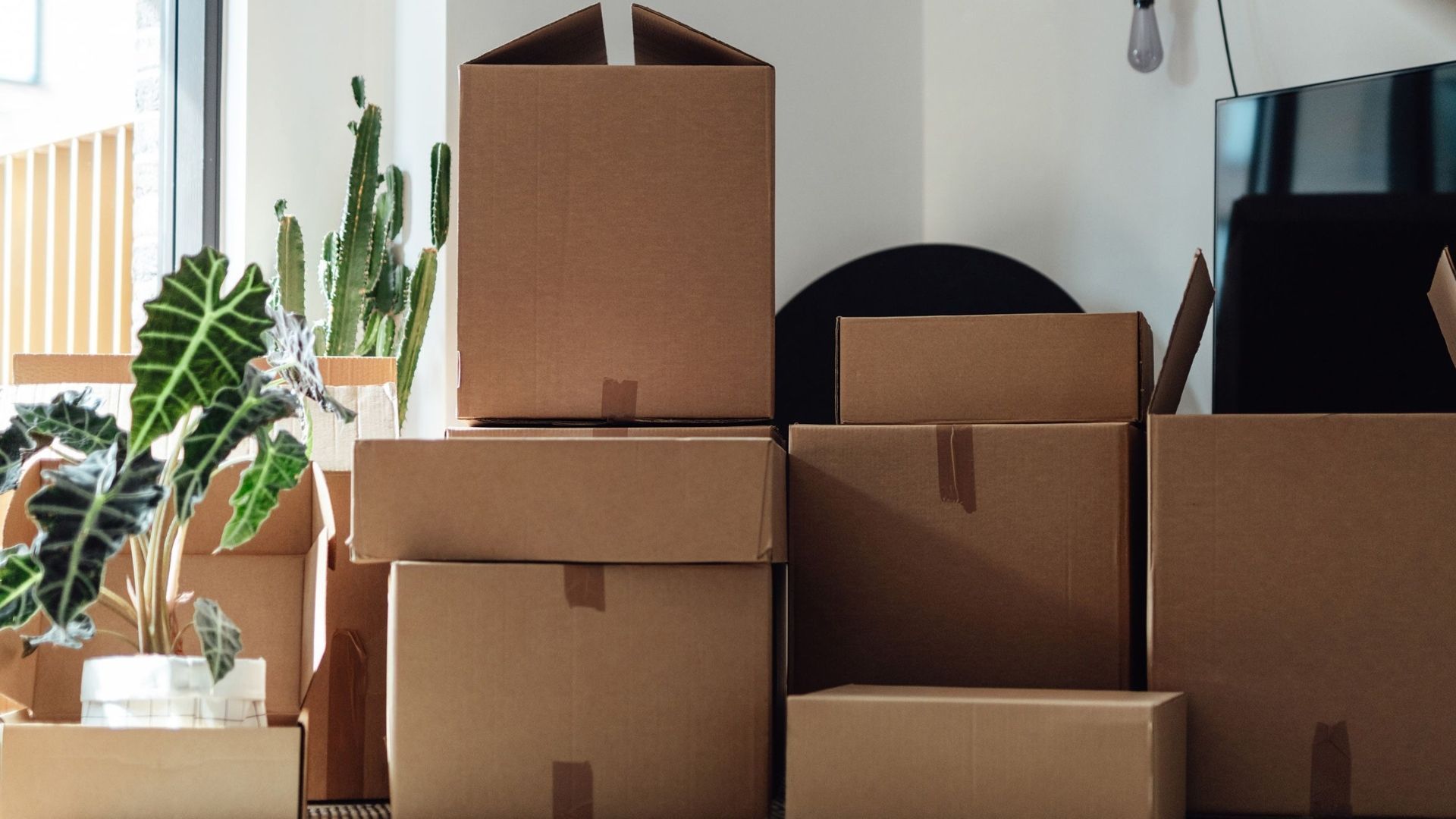How Much Does It Cost to Set Up a Home Office?
Setting up a home office can cost anywhere from $500 to $5,000 or more, depending on your needs and choices. A basic setup with essential furniture and equipment costs around $500-$1,500, while a premium office with high-end gear can reach $5,000 or higher. With over 22 million Americans now working remotely, creating an efficient home workspace has become more important than ever. The good news is that you can start small and build your perfect workspace over time.
This guide breaks down all the costs you'll face when creating your home office. We'll cover everything from furniture and technology to hidden expenses and money-saving tips. Whether you're working from home full-time or just need a quiet space for occasional tasks, you'll find the budget that works for you.
Basic Home Office Setup Costs
Essential Furniture and Equipment
Your home office needs three key things to function: a place to work, somewhere to sit, and the right tools to get the job done. Here's what you can expect to spend on the basics:
Desk Options:
- Basic desk: $50-$200
- Mid-range desk: $200-$500
- Premium standing desk: $400-$1,200
Chair Choices:
- Simple office chair: $50-$150
- Good ergonomic chair: $200-$600
- High-end task chair: $600-$1,500
Computer Setup:
- Budget laptop: $300-$700
- Mid-range desktop: $600-$1,200
- High-performance computer: $1,200-$3,000
Monitor and Accessories:
- Basic monitor: $100-$300
- Dual monitor setup: $200-$600
- Keyboard and mouse: $30-$150
Technology and Connectivity
A good internet connection is like the backbone of your home office. You'll also need other tech items to stay connected and productive:
Internet and Communication: High-Speed Internet Upgrade: $30-$100/month Fast internet is essential for video calls and file sharing. The Federal Communications Commission recommends at least 25 Mbps download speed for most home office activities, though many workers need faster speeds for seamless video conferencing.
- Business phone line: $20-$50/month
- Video conferencing equipment: $100-$500
- Printer and scanner: $100-$400
Lighting and Power:
- Desk lamp: $25-$100
- LED overhead lighting: $50-$200
- Power strips and surge protectors: $20-$80
Budget-Friendly Home Office Setup
Under $500 Starter Office
You can create a functional workspace without breaking the bank. Here's how to set up a basic office for under $500:
Smart Shopping List:
- Used desk from thrift store: $50-$100
- Basic office chair: $80-$120
- Refurbished laptop: $200-$350
- Desk lamp: $20-$40
- Basic supplies: $30-$50
This setup gives you everything you need to start working from home. You can always upgrade pieces later as your budget allows.
Money-Saving Tips for Home Office Setup
Buy Used Equipment: Look for second-hand furniture at thrift stores, garage sales, and online marketplaces. Office chairs and desks often sell for half their original price when they're barely used.
DIY Solutions:
- Use a kitchen table as a temporary desk
- Create storage with cardboard boxes and decorative paper
- Make a monitor stand with books
- Use mason jars for pen holders
Free Software Options: Instead of expensive office software, try free alternatives like Google Workspace, LibreOffice, or Apache OpenOffice. These programs handle most business tasks without the high cost.
Mid-Range Home Office Setup
$1,000-$3,000 Professional Workspace
If you have a bigger budget, you can create a more comfortable and professional-looking office:
Quality Furniture:
- Ergonomic desk: $300-$800
- Comfortable task chair: $400-$800
- Storage solutions: $200-$500
- Bookshelf or filing cabinet: $100-$300
Better Technology:
- Quality monitor: $200-$500
- Wireless keyboard and mouse: $100-$200
- Good webcam and microphone: $150-$300
- Reliable printer: $200-$400
Comfort Additions:
- Area rug: $50-$200
- Plants and decor: $100-$300
- Air purifier: $100-$300
Professional Equipment Upgrades
When you're ready to invest more in your workspace, these upgrades can boost your productivity:
Ergonomic Improvements:
- Monitor arm: $50-$200
- Keyboard tray: $30-$150
- Footrest: $20-$80
- Document holder: $15-$50
Quality of Life Features:
- Noise-canceling headphones: $100-$400
- Space heater or fan: $50-$150
- Better lighting system: $100-$400
Premium Home Office Setup
$3,000+ Executive Workspace
For those who want the best of everything, a premium home office includes top-quality furniture and cutting-edge technology:
High-End Furniture:
- Executive desk: $1,000-$3,000
- Premium ergonomic chair: $800-$2,000
- Custom storage solutions: $500-$2,000
- Conference table: $500-$1,500
Advanced Technology:
- Multiple large monitors: $800-$2,000
- High-end computer: $2,000-$5,000
- Professional audio/video equipment: $500-$2,000
- Smart office devices: $200-$800
Room Renovation Cost
If you're converting a room into a dedicated office space, you might need to budget for renovations:
Basic Room Conversion:
- Painting: $300-$800
- New flooring: $500-$2,000
- Electrical work: $200-$1,000
- Lighting upgrades: $200-$800
Advanced Renovations:
- Soundproofing: $1,000-$3,000
- Built-in storage: $1,000-$5,000
- HVAC improvements: $500-$2,000
- Windows or doors: $500-$3,000
Hidden Costs to Consider
Monthly Operating Expenses
Setting up your office is just the beginning. You'll also have ongoing costs to keep everything running:
Monthly Bills: Higher Electricity Costs: $20-$100/month Running computers, monitors, and lights all day adds to your electric bill. The U.S. Energy Information Administration estimates that home offices can increase household electricity usage by 7-25%, depending on equipment and usage patterns.
- Internet and phone services: $50-$150/month
- Software subscriptions: $20-$200/month
- Office supplies: $25-$75/month
Maintenance and Replacement
Office equipment doesn't last forever. Plan for these replacement costs:
Regular Replacements:
- Ink cartridges: $30-$100 every few months
- Paper and supplies: $20-$50/month
- Equipment repairs: $100-$500/year
- Furniture maintenance: $50-$200/year
Insurance and Security
Protect your investment with proper coverage:
Protection Costs:
- Equipment insurance: $10-$50/month
- Security system: $20-$100/month
- Backup storage: $10-$30/month
Room-by-Room Cost Breakdown
Converting a Spare Bedroom
A spare bedroom makes an ideal home office. Here's what you might spend:
Basic Conversion ($500-$1,500):
- Desk and chair: $200-$500
- Storage solutions: $100-$300
- Lighting improvements: $50-$200
- Decor and organization: $100-$400
Full Renovation ($2,000-$5,000):
- Professional painting: $400-$800
- New flooring: $800-$2,000
- Electrical upgrades: $300-$1,000
- Built-in storage: $1,000-$2,500
Garage or Basement Office
Converting a garage or basement requires more work but offers more space:
Major Renovation ($5,000-$15,000):
- Insulation and drywall: $2,000-$5,000
- Electrical and lighting: $1,000-$3,000
- Flooring: $1,000-$3,000
- HVAC extension: $1,500-$4,000
When you're planning a major renovation like this, professional help is often worth the cost. If you're also planning to move to a new home with better office space, Last Stop Moving can help make your transition smooth and stress-free.
Essential Equipment Costs
Computer and Technology
Your computer is the heart of your home office. Here's what different setups cost:
Basic Computer Setup:
- Budget laptop: $400-$800
- External mouse: $10-$30
- Simple monitor: $100-$250
- Basic speakers: $20-$60
Professional Setup:
- Business laptop: $800-$1,500
- Large monitor: $300-$600
- Wireless keyboard/mouse: $80-$200
- Quality speakers: $100-$300
High-End Configuration:
- Gaming/workstation laptop: $1,500-$3,000
- Dual monitors: $600-$1,200
- Mechanical keyboard: $150-$300
- Studio monitors: $200-$800
Communication Equipment
Good communication tools are essential for remote work:
Video Conferencing:
- HD webcam: $50-$200
- Professional microphone: $100-$400
- Ring light: $30-$150
- Green screen: $20-$100
Phone Systems:
- VoIP phone: $50-$200
- Headset: $50-$300
- Conference phone: $100-$500
Storage and Organization
Filing and Storage Solutions
Keep your office organized with proper storage:
Basic Storage:
- Filing cabinet: $50-$300
- Desk organizers: $20-$100
- Bookshelf: $50-$400
- Storage boxes: $30-$150
Professional Storage:
- Built-in shelving: $500-$2,000
- Custom filing system: $300-$1,000
- Modular storage: $200-$800
Digital Storage
Don't forget about storing your digital files:
Cloud Storage:
- Basic plan: $5-$15/month
- Business plan: $15-$50/month
- Enterprise solution: $50-$200/month
External Storage:
- External hard drive: $50-$200
- Network storage: $200-$800
- Backup system: $100-$500
Furniture Considerations
Desk Selection Guide
Your desk is where you'll spend most of your time. Choose wisely:
Desk Types and Costs:
- Writing desk: $100-$500
- L-shaped desk: $200-$800
- Standing desk: $300-$1,200
- Executive desk: $500-$2,000
Desk Features to Consider:
- Built-in storage
- Cable management
- Adjustable height
- Scratch-resistant surface
Chair Selection Guide
A good chair prevents back pain and keeps you comfortable during long work sessions. According to the Bureau of Labor Statistics, workplace injuries related to poor ergonomics cost employers billions annually, making a quality chair a smart investment:
Chair Types:
- Task chair: $100-$600
- Ergonomic chair: $300-$1,000
- Executive chair: $500-$2,000
- Gaming chair: $200-$800
Important Chair Features:
- Lumbar support
- Adjustable height
- Armrest adjustment
- Breathable materials
If you're moving to a new home and need help transporting your office furniture, Last Stop Moving offers professional packing services to keep your equipment safe during the move.
Cost-Saving Strategies
Phase Your Purchases
You don't need to buy everything at once. Start with the essentials and add items over time:
Phase 1 (Immediate Needs):
- Desk and chair: $200-$600
- Computer: $400-$1,200
- Basic lighting: $30-$100
Phase 2 (Comfort Upgrades):
- Better chair: $200-$800
- Monitor upgrade: $200-$500
- Storage solutions: $100-$400
Phase 3 (Premium Features):
- Standing desk: $400-$1,200
- Professional equipment: $300-$1,000
- Decor and comfort items: $200-$600
Shop Smart
Best Times to Buy:
- Back-to-school sales (August-September)
- Black Friday and Cyber Monday
- End-of-year clearances
- Office supply store sales
Where to Find Deals:
- Warehouse stores
- Online marketplaces
- Office liquidation sales
- Corporate surplus stores
DIY Projects
Some office items are easy to make yourself:
Simple DIY Projects:
- Desk organizers from boxes
- Monitor stands from books
- Cord management with clips
- Wall art and decorations
Tax Benefits and Deductions
Home Office Deduction
If you use part of your home exclusively for business, you might qualify for tax deductions. The IRS allows home office deductions for eligible taxpayers who meet specific requirements:
Who Can Claim:
- Self-employed individuals
- Business owners
- Independent contractors
- Freelancers
What You Can Deduct:
- Office furniture and equipment
- Utilities (percentage of home use)
- Insurance and property taxes
- Repairs and maintenance
Equipment Depreciation
Business equipment loses value over time, and you can deduct this depreciation:
Depreciation Schedule:
- Office furniture: 7-year depreciation
- Computer equipment: 5-year depreciation
- Small items under $300: Full deduction
Remember to keep all receipts and document how you use your office space for business purposes.
Common Budget Mistakes
Overspending on Non-Essentials
Many people spend too much money on items that don't really improve their work:
Avoid These Splurges:
- Expensive decorative items
- Gadgets you won't use
- Oversized furniture
- Brand-name items without real benefits
Undersizing Your Space
Don't cram too much into a small space. A cluttered office hurts productivity and can impact your mental health. Research from Harvard Business Review shows that organized workspaces improve focus and reduce stress:
Plan Your Layout:
- Measure your space first
- Leave room to move around
- Consider future equipment needs
- Think about storage requirements
Ignoring Ergonomics
Cheap furniture might save money upfront but can cost you in health problems:
Invest in Health:
- Proper chair height
- Monitor at eye level
- Adequate lighting
- Comfortable temperature
Future-Proofing Your Office
Technology Upgrades
Technology changes fast. Plan for future upgrades:
Buy Quality First:
- Get a computer that will last 3-5 years
- Choose furniture that can adapt
- Pick expandable storage systems
- Select upgradeable equipment
Space Planning
Your needs might change over time:
Flexible Design:
- Modular furniture systems
- Adjustable storage
- Movable elements
- Multi-purpose items
If your work situation changes and you need to relocate, Last Stop Moving can help you plan your move with their comprehensive moving checklist.
Final Thoughts
Setting up a home office doesn't have to cost a fortune. You can create a productive workspace for as little as $500 or build a premium office for $5,000 or more. The key is to start with what you need and upgrade over time.
Remember these important points:
- Start with the basics and add items gradually
- Invest in quality for items you use daily
- Don't forget about ongoing costs like electricity and internet
- Consider tax deductions if you're self-employed
- Plan for future growth and changes
Your home office is an investment in your productivity and comfort. Take time to plan your space, set a realistic budget, and shop smart. With the right approach, you can create a workspace that helps you do your best work without breaking the bank.
Whether you're setting up your first home office or upgrading your current space, focus on creating an environment that supports your work style and goals. A well-planned office pays for itself through increased productivity and job satisfaction.



